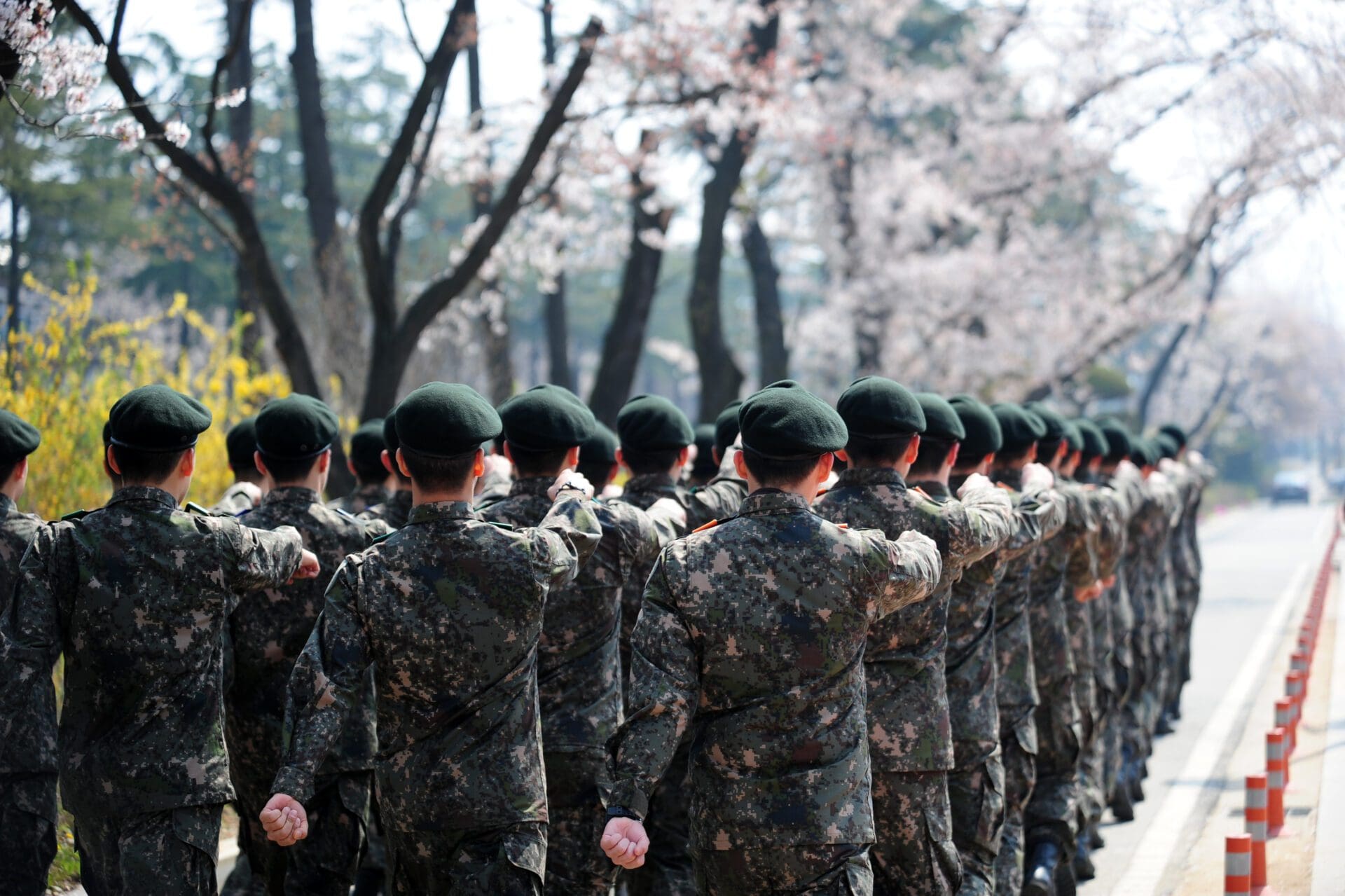On Monday, South Korea and the United States started their largest joint military drills in recent years. The drills are coming as a reaction to North Korea’s increasingly hostile nuclear threats. Since the beginning of this year, North Korea has dramatically increased its weapon testing capabilities. So far in 2022, Pyongyang has completed 30 ballistic, and one intercontinental ballistic missile launch (the first launch of such a weapon in five years). The North Korean leadership is also accused of having launched two cruise missiles, however, these claims have not yet been confirmed. Seoul warns that these missile tests may also be followed by North Korea’s seventh nuclear test.
The professional military drills are conducted alongside a South Korean civil defence training programme
The so-called ‘Ulchi Freedom Shield’ military exercise started on 22 August, and the last drills is to end on 1 September. As part of the exercise, aircrafts, warships, tanks, and tens of thousands of troops (exact figures are not revealed by South Korea) are preparing for a potential conflict with North Korea. Building on the experience of the ongoing Russian-Ukrainian war (which showed new developments in modern warfare techniques), the joint US-Korean forces also drill for drone attacks, cyber threats, and threats to the country’s supply chain. The professional military drills are conducted alongside a South Korean civil defence training programme. The civil defence programme aims to train government employees so they are prepared in case a war breaks out. The South Korean side hopes that the drill will ‘normalise’ the practice of joint exercises with the US, and therefore, deter Pyongyang from any further threatening moves.
Before former US President Donald Trump’s talks with North Korean leader Kim Jong-un (which broke down in 2019), South Korea and the US used to hold similarly large-scale military drills annually. Normally, 10 000 US and 20 000 South Korean soldiers participated in these summer exercises. The drills were mostly computer simulations, but they also included live-fire drills. Since 2017, however, there have been no such large-scale military drills between the US and Korea, partly due to the Trump administration’s decision to scale down drills to facilitate nuclear talks, and partly because of the COVID-19 pandemic. Washington argues that the drills are being brought back because the past four years of negotiations produced no real achievements, and North Korea showed no real commitment to reduce its nuclear testing.
Just before the current drills, North Korea turned down an offer from Seoul, which was yet another instance of Pyongyang refusing peaceful cooperation. South Korea offered economic benefits to the heavily sanctioned Pyongyang in exchange for denuclearization, but the offer was rejected without serious consideration. As tensions ramped up between the two sides, North Korea also accused Seoul of being responsible for the recent COVID-19 outbreak in the Communist country. Pyongyang insists that the recent increase in coronavirus infections in the country is due to contaminated leaflets and other ‘dirty waste’, that is Southern propaganda material, which is being flown over the border to North Korea with balloons. In response to the increase in infections, Pyongyang promised to retaliate with ‘deadly’ force.
They are also sending a signal to the increasingly hostile and militarised China about US military presence in the region
The US and South Korea are now holding the joint drills also to respond to such North Korean rhetoric. While Seoul and Washington characterise the drills as defensive, North Korea perceives them as a provocation (i.e., preparation for an invasion) and uses the military exercises as a justification to intensify its nuclear weapon and missile development. The drills are not only about South and North Korea, however – remind us the analysists of the Wall Street Journal. They are also sending a signal to the increasingly hostile and militarised China about US military presence in the region (currently, the US has 28,500 troops in South Korea). On the other hand, Van Jackson, a former Obama administration Pentagon official, warns that the drills might drive North Korea and China closer to each other. The extra military capabilities which are being presented during the drills are also able to gather information about China – which might increase Beijing’s defiance of Washington.
Nancy Pelosi’s visit to Taiwan and the resuming of joint US-Korea-Japan missile-tracking and defence exercises (the first such training since 2017) near Hawaii demonstrate increasing US willingness to show off its military capabilities, also in response to the other challenges (e.g., in Ukraine and elsewhere in Asia) to Washington’s global dominance.







